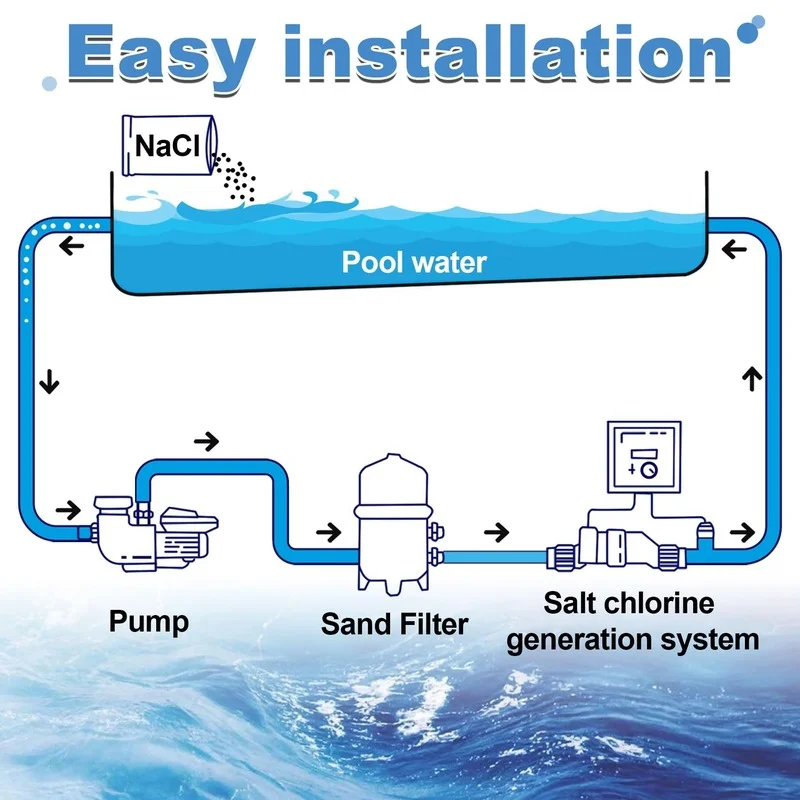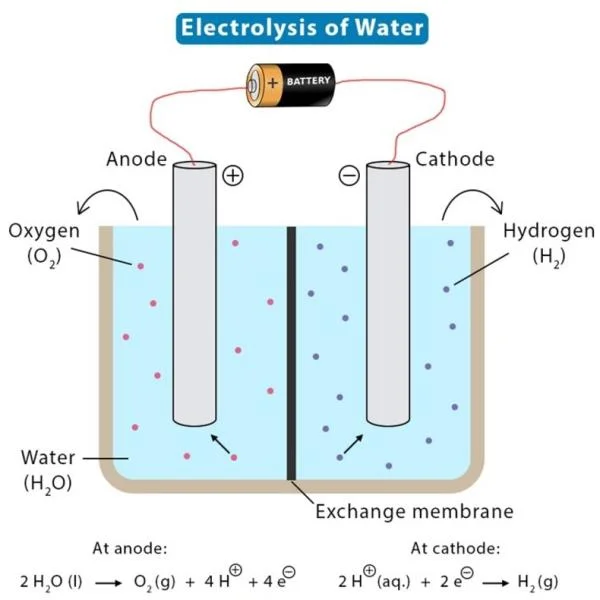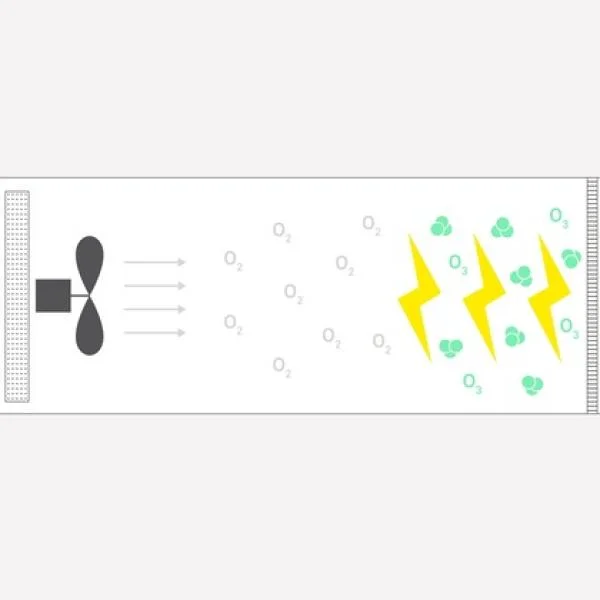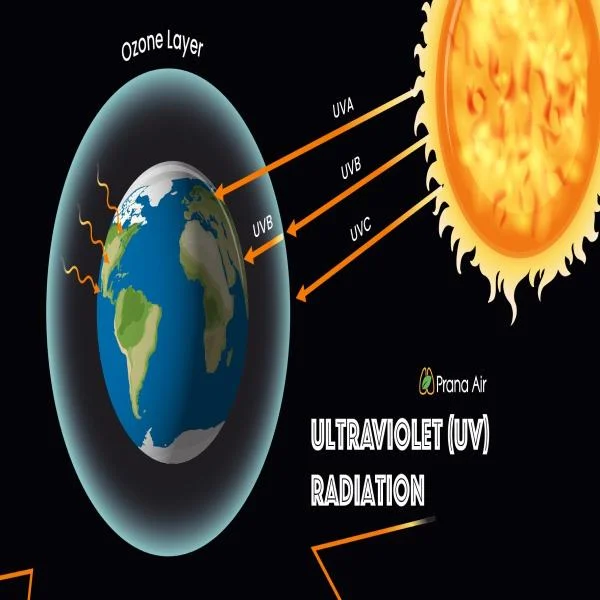
Pool maintenance is essential to owning a swimming pool, ensuring the water remains clean, safe, and attractive. One of the most effective methods for keeping pool water healthy is through pool electrolysis , an advanced technique used to sanitize water by generating chlorine naturally from salt. Pool electrolysis, which uses saltwater and electricity to generate sanitizing agents, offers a cleaner and healthier alternative to traditional chlorine-based systems. In this article, we'll explore how pool electrolysis works, its benefits, and why it’s essential for cleaner, healthier swimming pools.
What is Pool Electrolysis?
Pool electrolysis, also known as saltwater chlorination, is sanitizing swimming pool water using salt (sodium chloride) and electricity. Instead of manually adding chlorine to the pool, the system generates chlorine by passing a low electricity voltage through a solution of salt and water. The salt (sodium chloride) is broken down into its chemical components sodium and chlorine through electrolysis, creating chlorine gas (Cl 2 ) that dissolves in the water. This chlorine then disinfects, killing bacteria, algae, and other contaminants.

The key difference here is that the chlorine is generated on-site, and at lower levels, reducing the need for frequent chemical additions. The salt itself remains in the water and continuously goes through the electrolysis process, creating a self-sustaining cycle.
How Does a Pool Electrolysis Work?
The pool electrolysis passes a low-voltage electric current through the water containing dissolved salt (sodium chloride). This process, known as electrolysis, splits the salt molecules into sodium and chlorine. The chlorine then dissolves into the water, effectively sanitizing it. Over time, the chlorine recombines with sodium to form salt again, allowing the process to repeat.
The continuous cycle ensures that the pool maintains a consistent level of chlorine, reducing the need for manual intervention and minimizing fluctuations in chlorine levels.
Benefits of Using a Pool Electrolysis
Using pool electrolysis offers numerous advantages over traditional chemical-based pool treatments. Below are the key benefits:
Cleaner and Healthier Water
One of the biggest advantages of pool electrolysis is the consistent production of chlorine, which ensures that the water remains clean and free from harmful microorganisms. The system produces chlorine continuously, maintaining a steady, optimal level of sanitation. This prevents bacteria, algae, and viruses from taking hold in the pool, providing a safer swimming environment.
Reduced Chemical Usage
Traditional pool maintenance often requires adding various chemicals to balance pH levels, control algae, and sanitize the water. With pool electrolysis, the need for these additional chemicals is greatly reduced. The chlorine produced is sufficient to keep the water clean and safe, leading to lower chemical costs and less handling of potentially hazardous substances.
Eco-Friendly
Pool electrolysis is an environmentally friendly option for pool sanitation. The process produces chlorine without the harmful byproducts associated with traditional chlorine production and distribution. Additionally, because the system recycles the salt, it reduces the need for frequent salt replenishment, minimizing waste.
Healthier Swimming Environment
Chlorine generated through electrolysis is less likely to cause skin and eye irritation compared to traditional chlorine. The continuous generation of chlorine also means that harmful chloramines, which can build up in pools and cause unpleasant odors and health issues, are kept to a minimum.

Ease of Maintenance
Pool electrolysis simplifies pool maintenance by reducing the frequency of manual chlorine addition and minimizing the need for constant water testing and chemical balancing. This ease of use makes it an attractive option for pool owners looking to streamline their pool care routine.
Installing a Pool Electrolysis
Installing pool electrolysis is a relatively straightforward process, but it does require some knowledge of the pool's filtration system. The electrolysis is typically installed in the pool's circulation system, after the filter and before the water returns to the pool. This placement ensures that the chlorine is evenly distributed throughout the pool.

Most pool electrolysis come with a control unit that allows the user to adjust the chlorine output, depending on the pool's size, usage, and environmental conditions. It is important to follow the manufacturer's instructions for installation and operation to ensure optimal performance.
How to Maintain a Pool Electrolysis System
While pool electrolysis systems are low-maintenance, they still require some regular care to function optimally. Here are some key steps for maintaining your saltwater chlorination system:
Clean the Chlorine Generator
Over time, calcium and other minerals may build up on the electrodes in the chlorine generator. This can reduce its efficiency. To maintain optimal performance, clean the generator periodically according to the manufacturer’s guidelines. Most systems have a self-cleaning feature, but occasional manual cleaning may still be necessary.
Monitoring Salt Levels
While the pool electrolysis recycles salt, it's essential to monitor the salt levels regularly. The recommended concentration is usually between 2,500 and 4,000 ppm. Low salt levels can reduce the efficiency of chlorine production, while high levels can lead to scale formation and potential damage to the electrolyzer. Pool owners should test the salt concentration and add salt as needed to maintain the recommended levels.
Check the Pool System
Regularly check the pool pump, filter, and chlorinator to ensure everything is running smoothly. Keeping the system clean and well-maintained will help extend its lifespan and ensure consistent chlorine production.
Why Choose Pool Electrolysis Over Traditional Chlorine Pools?
While traditional chlorine pools have been the go-to method for pool sanitation for decades, pool electrolysis offers several compelling advantages that make it the superior choice for modern pool owners.
Simpler Maintenance
With a saltwater chlorination system, pool maintenance becomes much simpler. There’s no need to handle and store harsh chemicals, and the system automatically adjusts chlorine levels to maintain the right balance. This reduces the time and effort required to keep the pool in top condition.
Healthier for Swimmers
Saltwater pools created through electrolysis are healthier for swimmers. The reduction in chemical use, along with the lower risk of chloramine formation, means fewer irritants in the water. Swimmers will experience less eye irritation, smoother skin, and fewer respiratory issues.
Environmentally Friendly
For environmentally conscious homeowners, pool electrolysis is a much greener option. The system uses fewer chemicals, produces fewer harmful byproducts, and reduces overall environmental impact.
Conclusion
Dong A has shared with readers the essential knowledge about why pool electrolysis is a solution for maintaining clean, safe, and healthy pool water. By generating chlorine through the electrolysis of salt, these systems reduce the need for manual chemical addition, provide consistent water quality, and offer environmental and health benefits.
If you need more references about our water treatment products, please visit the official website of Dong A Chemical at dongachem.com or call a hotline (+84) 985797941 to receive advice and support from the experienced consultant.
Related Articles
Applications Electrolysis of Salt Water and How It Works?
Electrolysis of salt water is a fascinating chemical process with broad applications, from producing ...
Benefits of Using an Ozone Generator for Water Treatment
In recent years, the use of ozone generators for water treatment has gained widespread popularity. ...
Water Purification by Ozone and How Does It Work?
Ozone (O₃) is a powerful natural molecule known for its critical role in water purification. It is a ...
Understanding Ultraviolet Radiation: Benefits, Risks, and Applications
Ultraviolet radiation is a type of electromagnetic radiation that comes primarily from the sun. ...
What You Need to Know UVA and UVB Rays for Skin Protection
Sunlight plays an essential role in human health, providing Vitamin D and improving mood. However, ...
How Can UV Rays Damage Eyes and How to Protect Them
Exposure to ultraviolet (UV) radiation from the sun can cause significant damage to your eyes over ...






